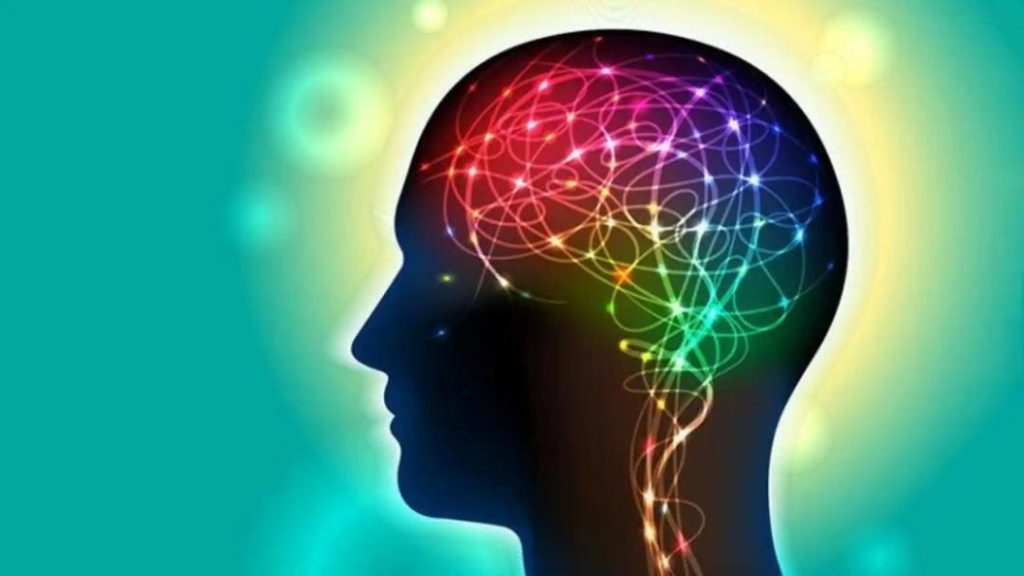
What is the Grey and White Matter in the Brain?
When it comes to understanding the human brain, there are many fascinating aspects to explore. One of the most intriguing is the composition of the brain itself, which is made up of two distinct types of tissue: grey matter and white matter. In this blog post, we’ll delve into the characteristics, functions, and importance of both grey and white matter in the brain.
Grey Matter: The Darker, Outside Section
Grey matter, also known as grey substance, is the darker, outer layer of the brain. It’s responsible for processing information, controlling movement, and enabling a person to perform day-to-day functions. The grey matter is made up of neuronal cell bodies, dendrites, and synapses, which are the connections between neurons. These neurons communicate with each other through electrical and chemical signals, allowing us to perceive the world around us, remember events, experience emotions, and communicate with others through speech and language.
The grey matter is responsible for many essential functions, including:
- Sensory processing: Grey matter helps us perceive and interpret sensory information from our environment, such as sights, sounds, and smells.
- Memory formation: Grey matter is involved in the formation, consolidation, and retrieval of memories.
- Emotional processing: Grey matter is responsible for processing emotions, such as fear, joy, and sadness.
- Motor control: Grey matter helps control voluntary movements, such as walking, talking, and writing.
White Matter: The Lighter Section Below
White matter, also known as white substance, is the lighter, inner layer of the brain. It’s composed of myelinated nerve fibers, which are wrapped in a fatty insulating substance called myelin. Myelin acts as a protective covering, allowing electrical signals to travel faster and more efficiently along the nerve fibers.
White matter is responsible for transmitting signals between different parts of the central nervous system, including the brain and spinal cord. This enables communication between different regions of the brain, allowing us to perform complex tasks, such as:
- Coordinating movements: White matter helps coordinate movements, such as walking, running, and dancing.
- Processing information: White matter transmits signals between different brain regions, enabling the processing of complex information.
- Regulating bodily functions: White matter is involved in regulating various bodily functions, such as heart rate, blood pressure, and digestion.
The Importance of Grey and White Matter
Both grey and white matter are essential for the proper functioning of the brain. Grey matter is responsible for processing information, while white matter transmits signals between different brain regions. The balance and coordination between grey and white matter are crucial for overall brain function and health.
Dysfunction or damage to either grey or white matter can lead to a range of cognitive, emotional, and motor disorders, including:
- Dementia: Damage to grey matter can lead to memory loss, confusion, and difficulty with language.
- Stroke: Damage to white matter can cause weakness, numbness, or paralysis.
- Attention Deficit Hyperactivity Disorder (ADHD): Imbalances in grey and white matter have been linked to ADHD symptoms.
Conclusion
In conclusion, grey and white matter are two distinct types of tissue that make up the human brain. Grey matter is responsible for processing information, controlling movement, and enabling day-to-day functioning, while white matter transmits signals between different brain regions. Understanding the characteristics and functions of both grey and white matter can help us better appreciate the complexity and beauty of the human brain.
Source:






